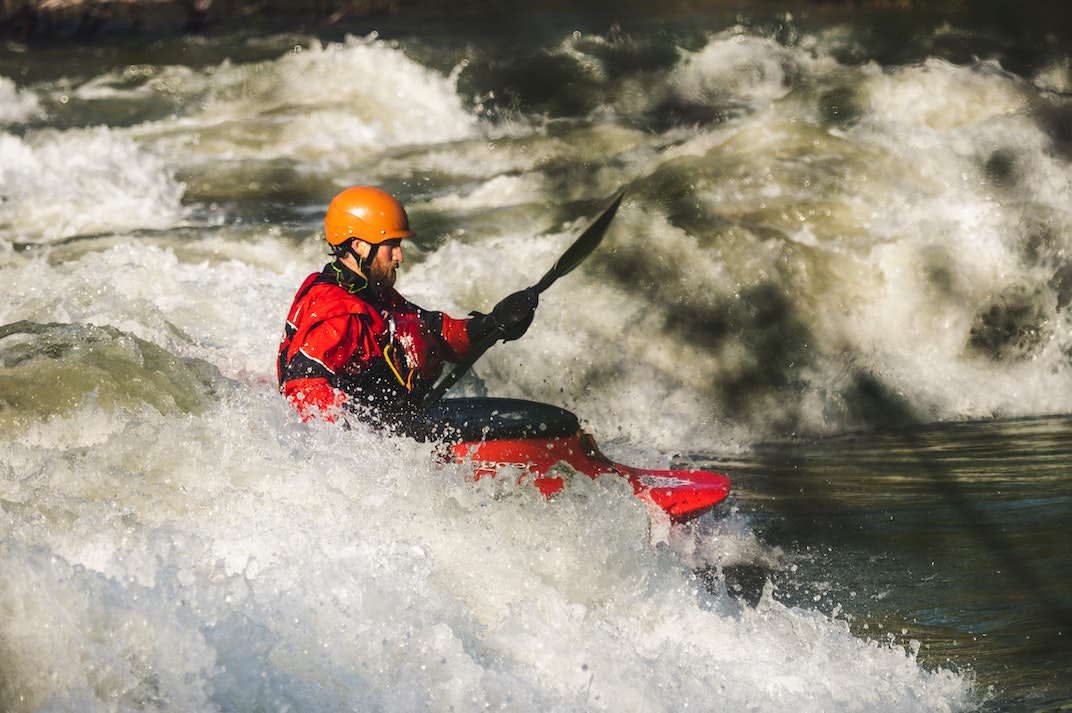Thanks in part to the COVID-19 pandemic, there have never been so many paddlers on the water. However, communicating safety messaging is a challenge the industry will be reckoning with for years to come.
In his semi annual report, American Whitewater Accident Database manager Charlie Walbridge writes:
“In the second half of 2020 American Whitewater received reports of six kayak, two canoe and six rafting fatalities for a total of 14. There were two commercial rafting deaths and two incidents in “miscellaneous craft”: a small fishing cataraft and a standup paddleboard.
The trends noted in the first six months continue. Recreational kayaks were used in four of the six kayak accidents; 11 of the 19 accidents reported occurred on Class I or II whitewater; eight saw no life vests in use, and seven were solo or one boat trips.
The year as a whole saw 48 deaths overall, which is well above average. Although fatalities among skilled paddlers declined, those involving inexperienced boaters increased sharply. This was almost certainly part of the Covid-19 outdoor recreation growth spurt. Kayak and canoe dealers sold out quickly, and lots of people got on the water for the first time. This is probably the start of a significant growth period for paddlesports generally. It will be a real challenge for the boating community to educate these newcomers so they can paddle rivers safely.”
Many thanks to Charlie Duffy for preparing the graphs below.
2020 Incidents by River Class
2020 River Incidents by Month
2020 River Incidents by State
2020 River Accident by Top 5 Causes
2020 River Incident by River Classification
History of the American Whitewater Accident Database
The American Whitewater Accident Database catalogs over 1600 fatalities and close calls on whitewater rivers dating back to 1972. The project was initiated over 40 years ago, in 1975 when a fatality occurred due to foot entrapment at a slalom race. Charlie Walbridge was present for the race and described the risks of foot entrapment for the first time in a 1976 issue of the American Whitewater journal. Charlie continued to collect reports and share lessons through the American Whitewater Journal.
In 2001, American Whitewater Safety Chair Tim Kelly led an effort to develop the American Whitewater Safety Database and in 2017 the database was further refined with enhanced search functionality through a website interface. There are three good reasons for writing (or sending in) a whitewater accident report: it provides an opportunity to get the real story out, serves as a learning opportunity that can educate the paddling community, and it facilitates dialogue with river managers and decision makers.
American Whitewater depends on its members to forward the reports and information on accidents on the water. First-hand accounts are best, but information from a newspaper article or social media post often provides the initial information that ultimately leads to more in-depth review and follow up. Go to the database here.

Thanks to Charlie Walbridge for aggregating all the details of each incident, and providing the overall picture of what has happened.
One of the Arkansas fatalities you have listed as occurring on June 12, 2020 is incorrect. That fatality on the Buffalo River at the Hasty access actually occurred on June 20, 2016.
I have often heard and have repeated the statement that not wearing a life jacket is a contributor to many river deaths. What I am puzzled by is the statement that not wearing a life jacket was the CAUSE of so many deaths. Just like alcohol & drugs may contribute to boating accidents; one does not die by not wearing a PFD or having a drink. Is it safe to assume that there is double counting – as in the victim was both not wearing a PFD & was recirculated or caught up in a strainer? Or is the underlying accident not stated in the PFD casualty reports?